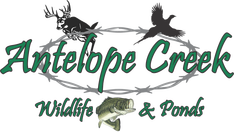Habitat is what all species need to carry out all of life’s processes, feeding, loafing, hiding, ambushing, congregation, reproduction and living. Think of it as a community. Any town is not complete without, houses to live in, parks to play in, and forms of entertainment for people to lounge around enjoying themselves, restaurants and super markets to food, bars and community centers to socialize and the list goes on. Think of your pond in the same way. You need all the forms of habitat not just for each species present but for each stage of life.
Do not just provide the necessary habitat for your target species to meet your goals. You need to provide habitat for all stages of life. Spawning grounds for new life to come into the pond, dense cover for small fish to hide and forage, loafing areas, ambush points for adult fish to feed on forage fish, and areas for all age classes of fish to hide and congregate. This has to be for all species present in the pond to expect to have a successful fishery that will meet your specific expectations.
Most of this is best accomplished if there is not water in the pond yet. So if you are looking at building a new pond add habitat to the construction process. Have ditches cut into the bottom, underground islands, lay down logs, rock piles, reefs, rip rap on the dam face (also prevents erosion), dense woody debris in deeper water, add cliffs from shallow to deer water for fast transitions. Allow aquatic vegetation to grow, many people don’t like it but it is a vital part of the system. You can control it in specified areas for swimming, boat docking or you may have a floating dock but never eliminate it all. Also add spawning structure such as gravel beds, construct points and coves all of this will create better fishing opportunities and a better fishery in the long run.
If you already have a pond you can even add artificial habitat such as the one in the picture above. This will do much the same, help add fishing points and more cover for all species and age classes. If you add enough in diverse structures and associated cover you will likely be able to hold more pounds of fish per acre in your pond as well. If you make more than 10% of your pond livable year round the carrying capacity of your pond can also increase.
So remember to plan ahead and manage today for a better tomorrow!
Brett Kleinschmit
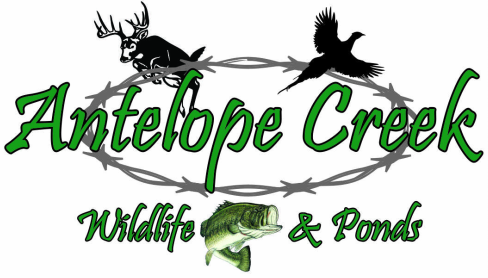
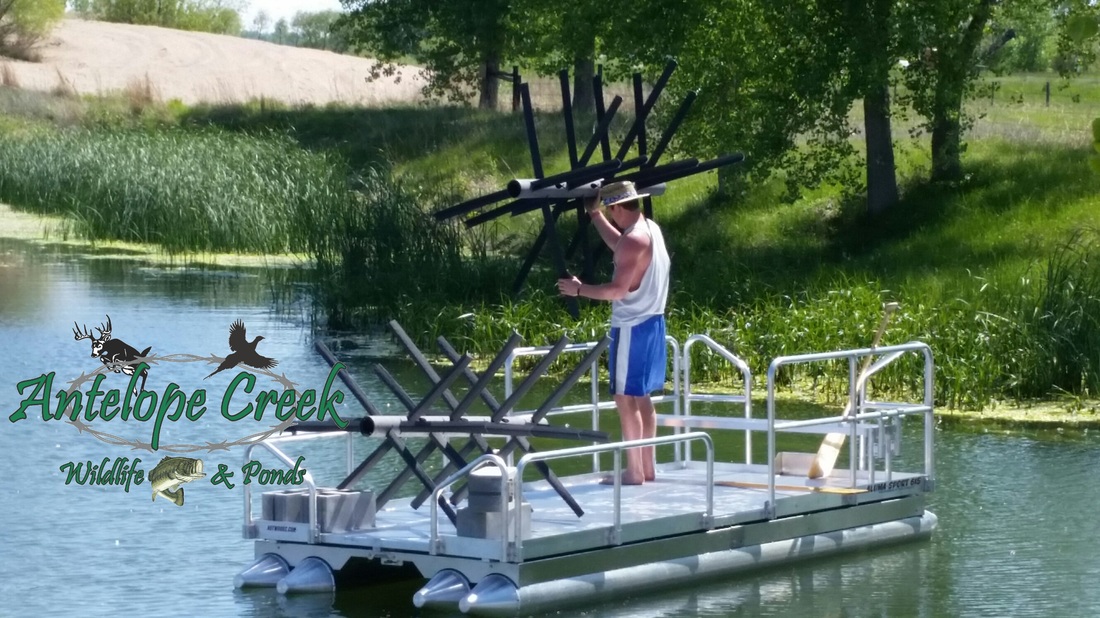
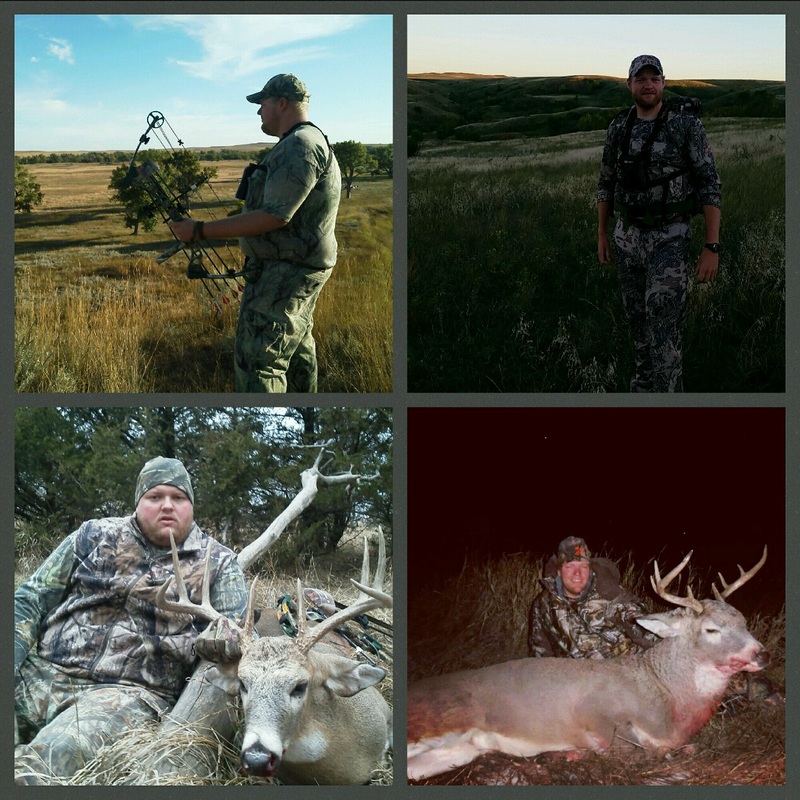
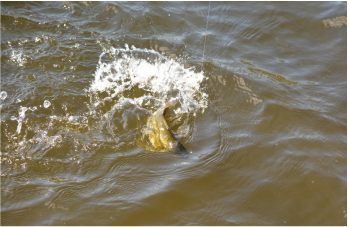
 RSS Feed
RSS Feed
